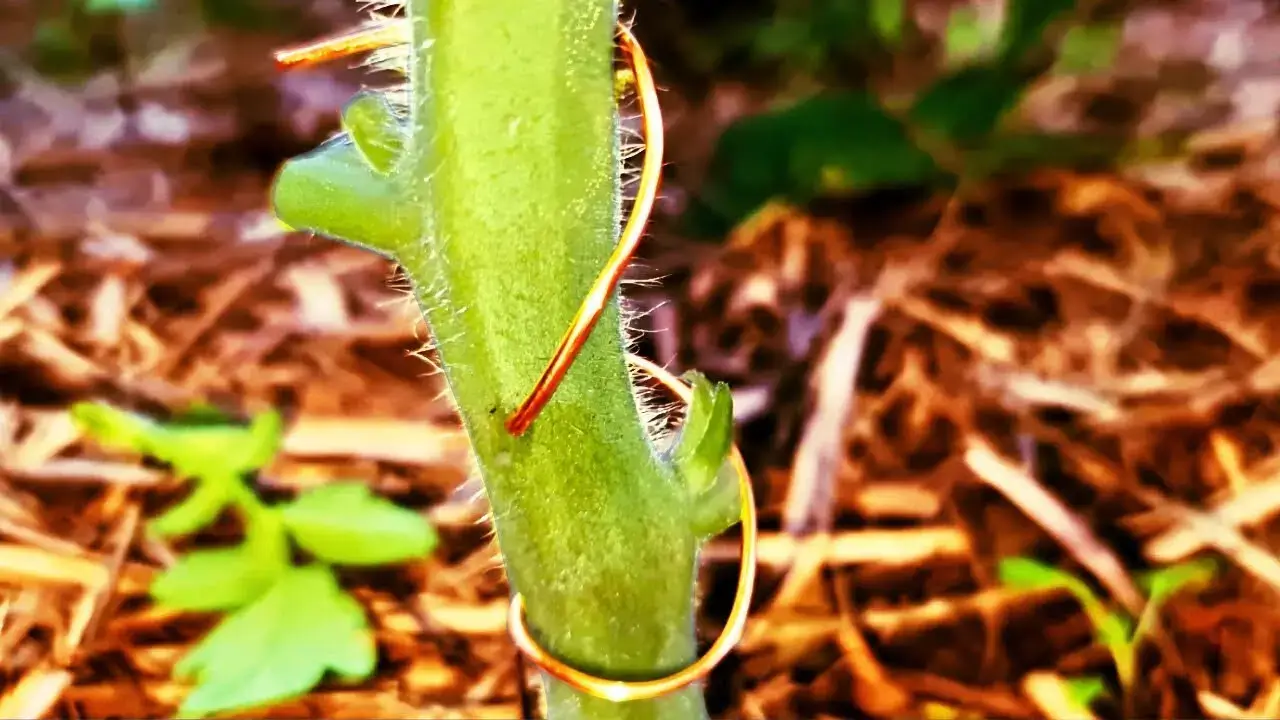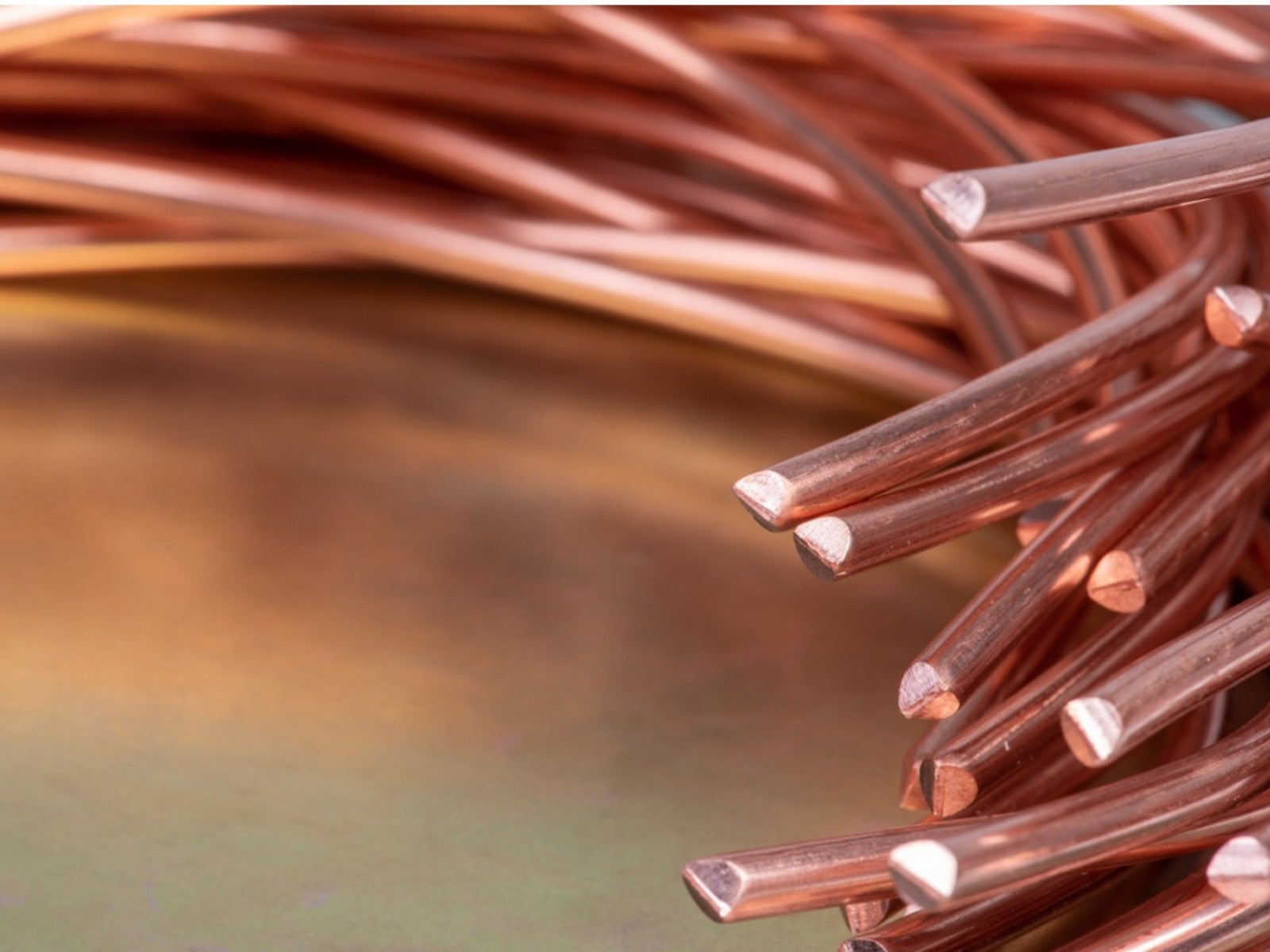Delve into the fascinating realm of copper wire and plants, where scientific intrigue meets horticultural applications. Copper wire, a seemingly ordinary material, plays a multifaceted role in the plant kingdom, influencing growth, providing support, and even deterring pests. Join us as we unravel the intricate relationship between these two elements, exploring their effects, applications, and environmental considerations.
From enhancing root development to strengthening stems and shaping leaf morphology, copper wire exerts a profound influence on plant physiology. Discover the mechanisms behind these effects and the potential benefits and drawbacks of using copper wire in plant cultivation.
Effects of Copper Wire on Plant Growth

Copper is an essential micronutrient for plants, playing a crucial role in various physiological processes. However, excessive copper levels can be detrimental to plant health. When copper wire is introduced into the soil, it gradually releases copper ions that can be absorbed by plant roots.
Effects on Root Systems
Copper ions stimulate the production of lateral roots, increasing the surface area available for water and nutrient uptake. However, high copper concentrations can inhibit root elongation and damage root tips, leading to reduced root growth and impaired nutrient absorption.
Effects on Stem Strength
Copper is involved in the synthesis of lignin, a structural component that provides strength to plant stems. Adequate copper levels enhance stem rigidity, reducing susceptibility to lodging (bending or breaking due to wind or weight). Conversely, copper deficiency can weaken stems, making plants more vulnerable to breakage.
Effects on Leaf Morphology
Copper is essential for chlorophyll production, which is responsible for photosynthesis. Copper deficiency can cause chlorosis (yellowing of leaves) due to reduced chlorophyll synthesis. In contrast, excess copper can induce leaf necrosis (death of plant tissues), affecting leaf morphology and photosynthetic capacity.
Applications of Copper Wire in Horticulture

Copper wire has found a niche in horticulture due to its versatility and unique properties. Its malleability allows for various applications in trellising, plant support, and pest control.
Trellising and Plant Support
Copper wire is an ideal material for trellising and providing support to climbing plants. Its strength and flexibility make it suitable for creating structures that guide plant growth and maximize sunlight exposure. Properly installed copper wire trellises can enhance plant health, increase yields, and improve the overall aesthetics of gardens.
Pest Control, Copper wire and plants
Copper’s antimicrobial properties have made it a valuable tool in organic pest control. Studies have shown that copper wire barriers can effectively deter slugs, snails, and other crawling pests. By creating a physical barrier and releasing small amounts of copper ions, copper wire acts as a natural repellent, reducing the need for chemical pesticides.
Installation and Maintenance
Proper installation and maintenance of copper wire structures are crucial for their effectiveness. For trellising, use galvanized or stainless steel wire to ensure longevity. Secure the wire firmly to support posts or structures using staples or wire ties. For pest control, create a continuous barrier around plants by wrapping copper wire around the base of stems or pots.
Case Studies
In commercial horticulture, copper wire trellising systems have been successfully used in vineyards and hop yards. These structures provide support for climbing vines, optimizing sunlight exposure and increasing fruit yields. In residential gardens, copper wire has been employed to create decorative trellises for climbing roses, clematis, and other ornamental plants.
Environmental Considerations of Copper Wire in Plants: Copper Wire And Plants

Copper wire is a versatile material used in various horticultural practices. However, its environmental impact must be carefully considered.
Copper can accumulate in soil and water systems, potentially affecting plant growth and aquatic life. Excessive copper levels can disrupt nutrient uptake, inhibit root development, and reduce overall plant health. In aquatic environments, copper can be toxic to fish and other organisms.
Sustainable Practices
To minimize the environmental impact of copper wire in horticulture, sustainable practices are essential:
– Proper Disposal: Used copper wire should be disposed of responsibly through recycling programs or hazardous waste facilities.
– Controlled Use: Limit the amount of copper wire used and avoid over-application.
– Soil Monitoring: Regularly monitor soil copper levels to prevent accumulation.
– Alternative Materials: Explore alternative materials for plant support and conduction, such as biodegradable or recycled materials.
By adopting sustainable practices, the environmental impact of copper wire in plant cultivation can be minimized, ensuring both plant health and ecosystem integrity.